 Contact us
Contact usIntent
Community
Studio Organo Concepts
About Us
Subsidaries
Studio Organo
TS RERA No.P02400003403.
TS RERA No.P02400003403.
.jpg)
As India moves rapidly into urbanisation and global connectedness, familiar patterns of togetherness seem to be fading. Much of the senior population as well as migrant families in newer cities now experience a growing sense of disconnection and oftentimes, a lack of social support system.
In this changing landscape, can the traditional spirit of collective living offer solace?
Traditionally, ‘collective living’ in India meant much more than sharing a space. The joint family households, often with multiple generations under one roof, shared daily routines, decisions, and celebrations. These joint family systems provided unique material and emotional security, while deep bonds with neighbors forged an extended social fabric. These village communities allowed children to absorb culture, tradition, and values organically through collective living.
However, as urban landscapes have risen and families spread out in search of new opportunities, this communal fabric has slowly frayed. Today, stacked apartments and gated complexes may house people together, but often lack nurturing common spaces and ecological stewardship. Urban policies and market pressures rarely favor environments that foster collective life. Most modern nuclear families, especially with working couples, now struggle to provide the same level of cultural and psychological nourishment for their children that entire villages once offered. The adage “It takes a village to raise a child” reflects a truth that is increasingly evident in urban environments.
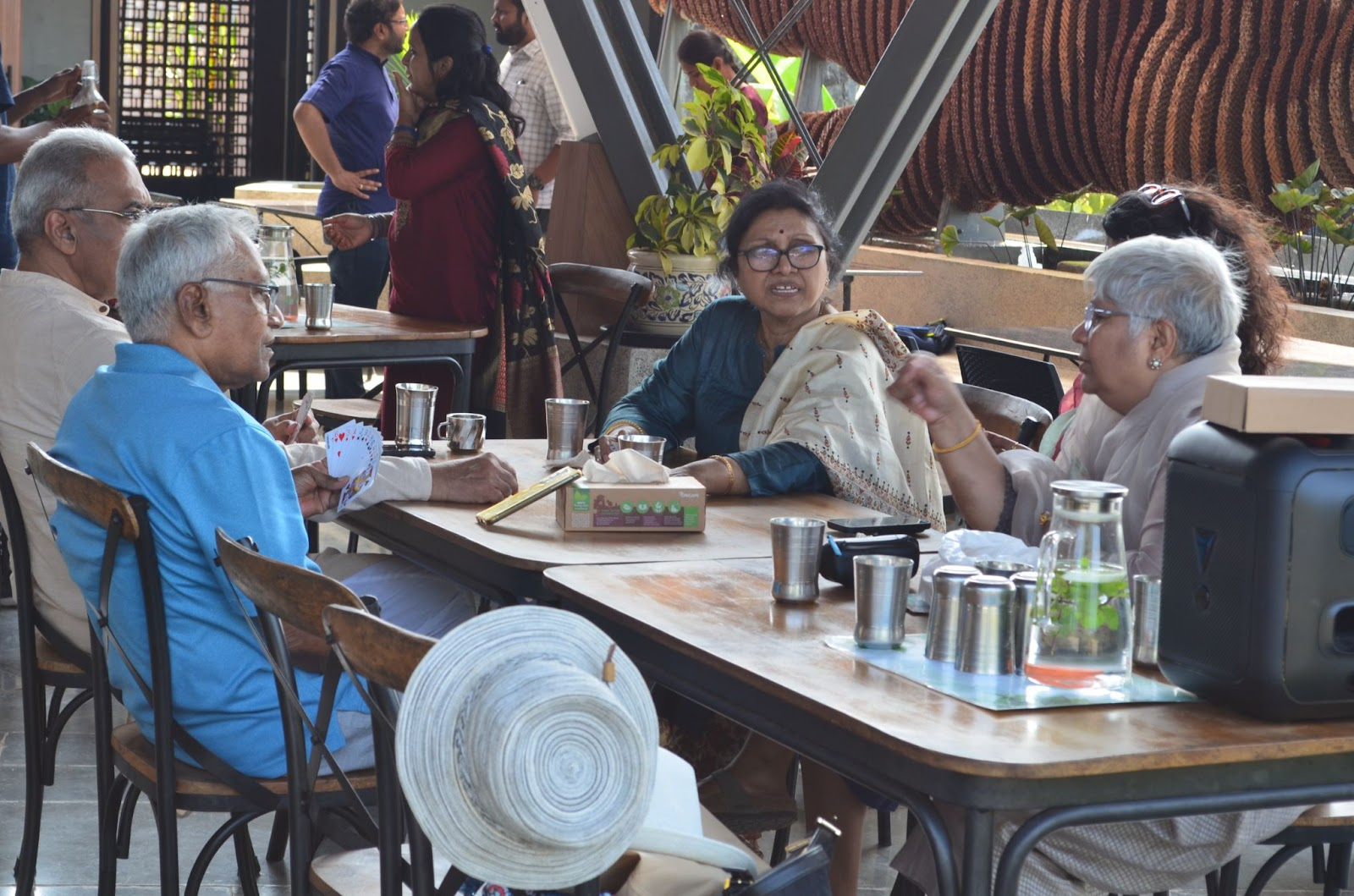
This transition has far-reaching effects. With India’s urban population projected to surpass 800 million by 2050, more people will find themselves concentrated in dense apartments and gated communities, where true social bonds are often elusive. And the concern of disconnection may multiply exponentially.
One in every two elderly Indians now suffers from loneliness, according to a recent Agewell Foundation study. Migration for education or employment means many never return home, anchoring themselves in new cities. The middle-aged and seniors now find themselves scattered, with not too many places that truly feels like home: And at extremes, many of us urbanites often end-up feeling like a guest in our villages, and strangers in our cities.
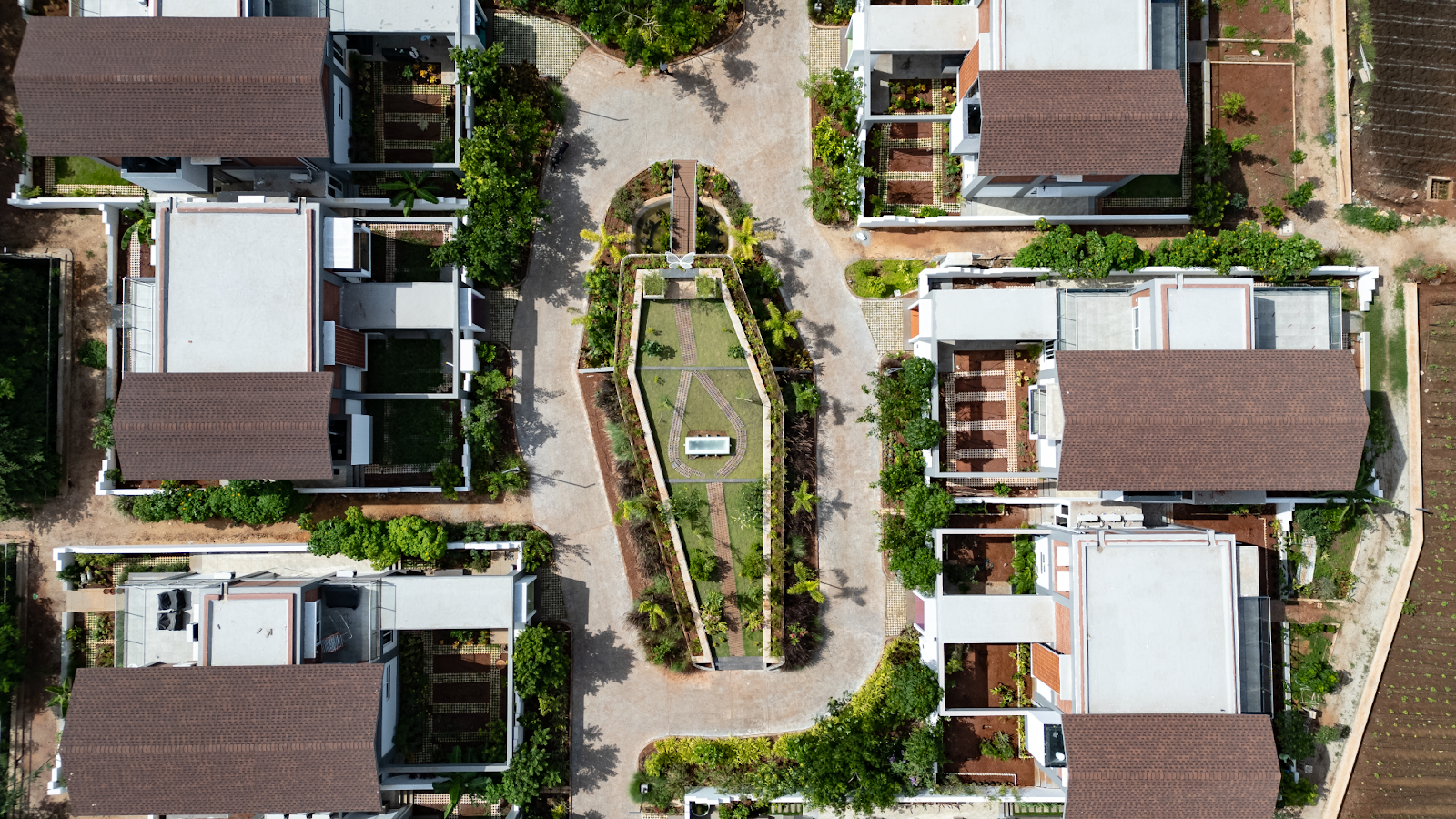
Within this context, cluster housing offers a promising adaptation: a way to draw upon India’s age-old wisdom while accommodating the realities of modern life. Historically, Indian communities were organized around courtyards, common spaces, and interwoven kinships. Cluster homes reinterpret these concepts for today’s world by arranging households in small groups around shared open spaces, using decentralized utilities and walkable, low-impact layouts.
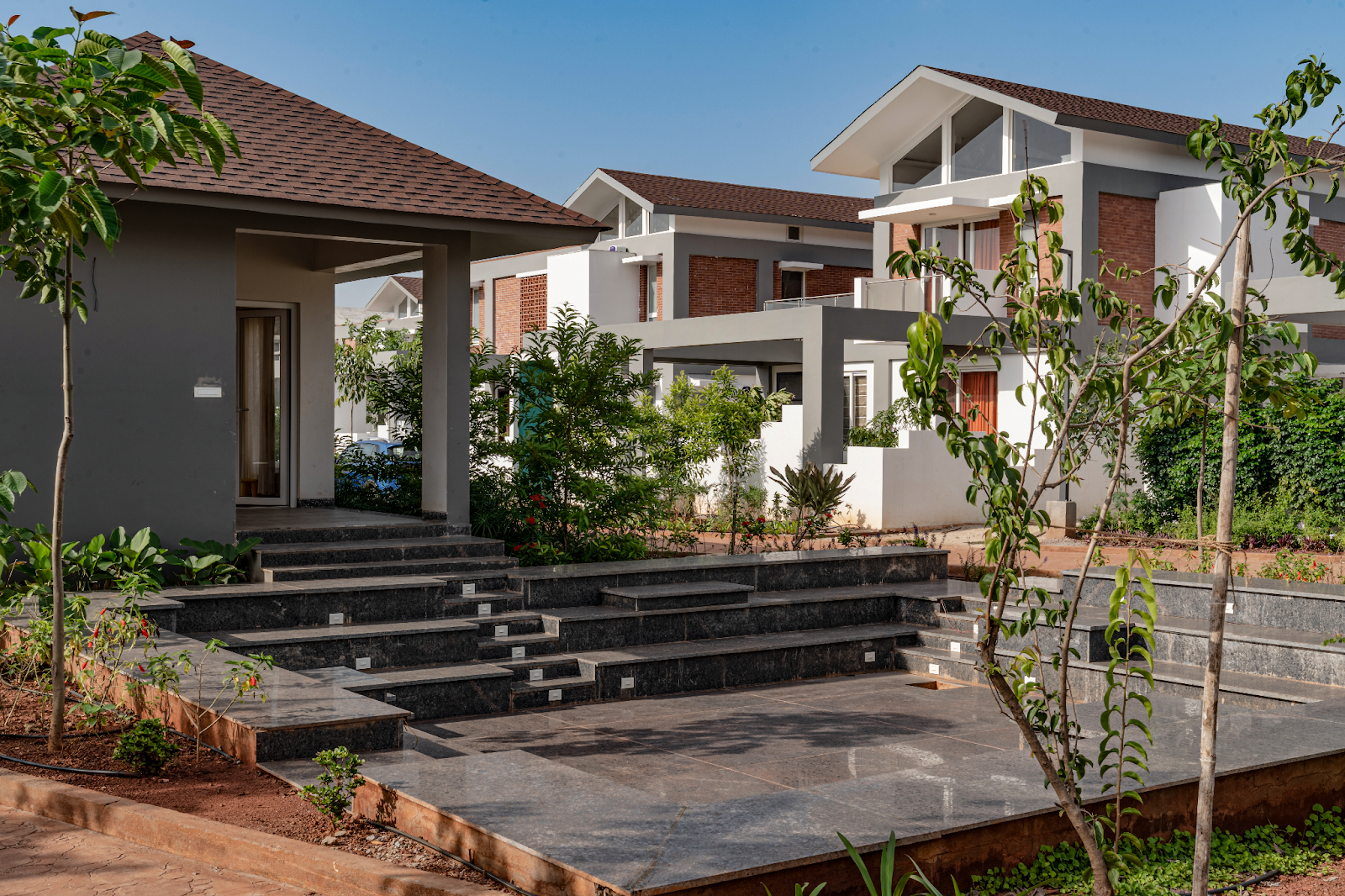
Organo Antharam, a pioneering rurban eco-habitat, is built on this model, inspired by the lived experience of Indian villages. Here, cluster homes are designed with an intent of creating interdependent, small-scale neighbourhoods within a large community. Each cluster, typically consisting of 20-30 villas, is organised around a dedicated social node, connected by a pedestrian spine with a collective garden.
Across these 6 clusters, the cluster clubs provide space and environment for various activities like co-working rooms, outdoor gatherings, children’s play areas, community kitchens, yoga decks, contemplation rooms, gaming areas, and other cultural activities. These various programs allow families to access amenities at different cluster clubs and socialize with other neighbourhoods, which creates a social bonding throughout the community.
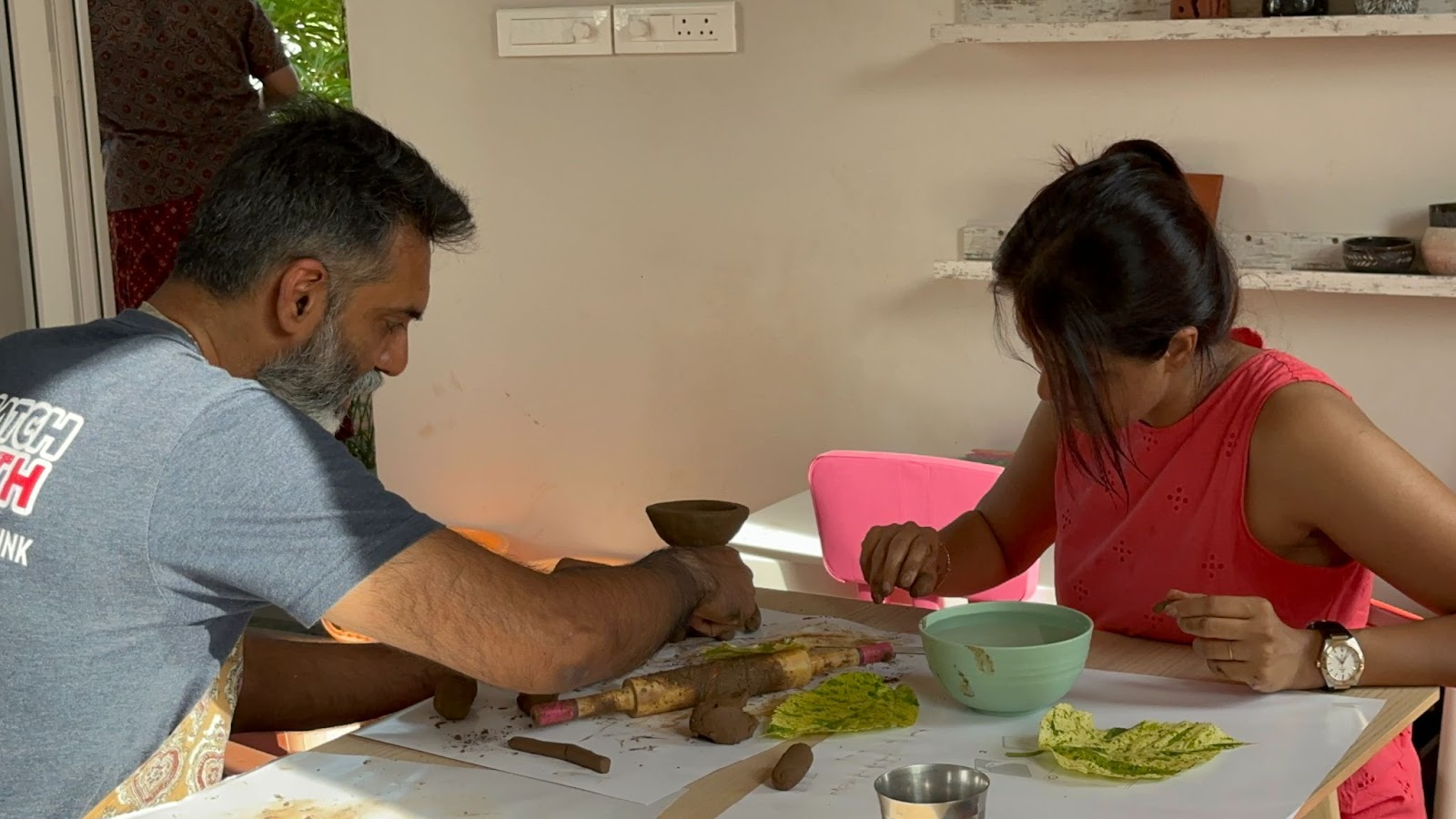
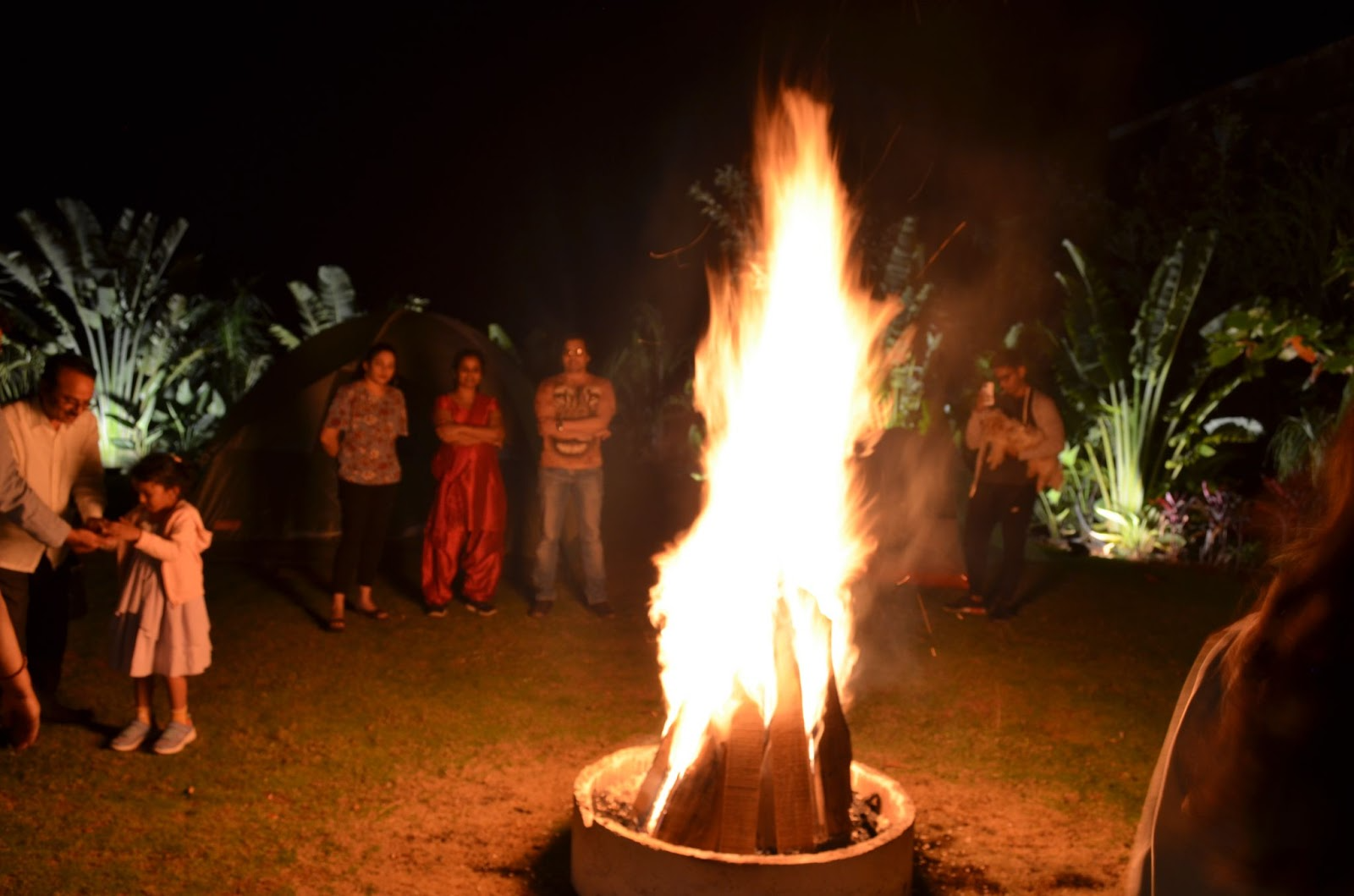
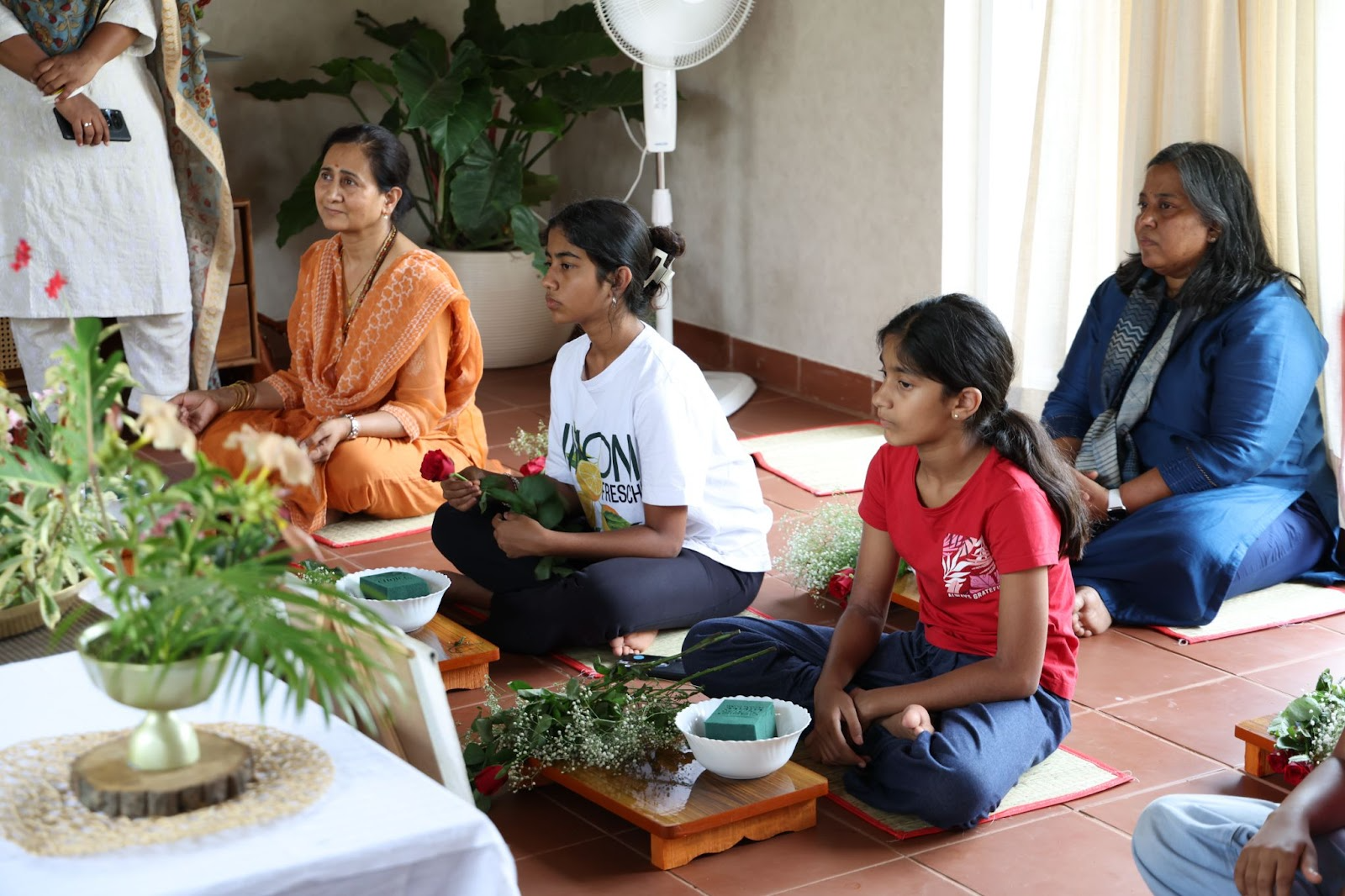

Be it reading the morning newspaper on the club deck, or sharing home food recipes with each other, or having a team meetings during a weekend, or finding hiding places for easter eggs, or flying kites during windy days, these social oaises help build strong, safe and inclusive communities.
Designed to feel like a modern native place, we aim to create environments that allow children to understand where their food comes from, let elders feel truly at ease, and gently synchronize daily life with the rhythms of nature.
We are a cross-functional and research-focused team of architects, engineers, and technical experts, who ideate, refine and detail eco habitat products, components, and solutions. Our core intent is to co-create and manifest apt rurban lifestyles across all eco-habitat components to celebrate the living for respective user groups. From earth-friendly neighborhoods to home interiors, we’ve got it all covered.
Instagram: https://www.instagram.com/studioorgano/
Website: https://www.organo.co.in/studio-organo
If you’d like to know about our design explorations or if you would like to be part of our user research as we refine the design, please email us at studio@organo.co.in